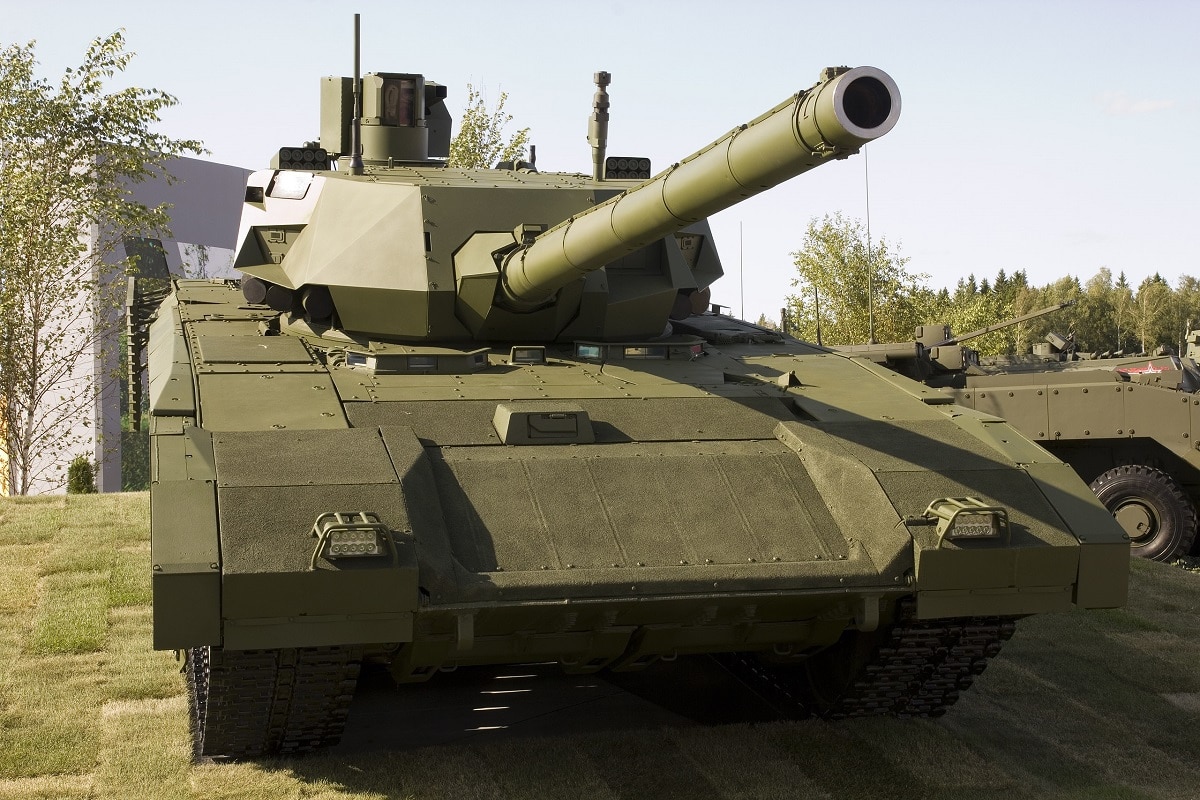Even before the Syrian Civil War began in March 2011 as part of the wider Arab spring protests, Russia had a military presence in the Middle Eastern nation. That has included its naval base at the Syrian port of Tartus, where Russia has announced plans to construct a floating dock to further boost the port’s ship repair facilities. That will enable Russia to maintain ships in the region rather than dispatching its vessels back to naval installations in the Black Sea. In addition, Russia has extended the runways at its Hmeimim airbase as part of its foothold in the Eastern Mediterranean.
Moscow and Damascus have moved closer as Russia has aided Syria in the latter’s ongoing civil war. It has allowed Russia to build up its military presence. In 2017, the two nations even struck a deal that will allow Russia to use the naval facility free of charge for 49 years while giving Moscow sovereign jurisdiction over the base Voice of America reported. As part of that deal, Russia can keep upwards of a dozen warships – including its nuclear-powered ones –at the Tartus, which remains the only navy facility the Russian Navy maintains outside the former Soviet Union.
In addition to offering a naval facility and airbase, Syria serves the Russian military in another way. It is where the latest military hardware can be put to the test – oftentimes in actual combat operations.
Tass reported on Wednesday that Russia’s service members have already tested more than 320 types of weapons during the Syria operation.
“We checked more than 320 types of different weapons, including, by the way, your helicopters,” Russian Defense Minister Sergei Shoigu said at a meeting with employees of the Russian helicopter manufacturer Rostvertol.
The experience gained from the field test has resulted in those helicopters being refined, “at least, in terms of weapons,” said Shoigu. “One of the helicopters we saw today is the result of the Syria operation.”
Combat Losses
There has been a downside in using Syria as a testing platform, and while not a Russian proverb, the old saying “you can’t make an omelet without breaking a few eggs” rings true. Russia has experienced a few high profile losses in Syria.
That has included the destruction of a T-14 Armata main battle tank (MBT). The Russian media outlet Репортёр (Reporter) reported last year that the Russian-made tanks were engaged in fighting with Syrian-rebels, described by the media as “terrorists,” in the province of Latakia. According to the news reports, “allegedly three T-14s were hit from TOW-2B anti-tank system, and one Armata was completely destroyed.”
Another report from Russia Beyond suggested the T-14 wasn’t well suited to the region, as it was tailored for battles with most modern U.S. and European tanks rather than to be used against insurgents on pickup trucks and foxholes.
Syria could provide real-world combat experience, yet it could also prove to be a costly way to test the new hardware. However, such experience could be worth the price should Russia find itself at a war with NATO.

Su-57 Stealth Fighter, which was also in Syria. Image: Creative Commons.
Peter Suciu is a Michigan-based writer who has contributed to more than four dozen magazines, newspapers and websites. He regularly writes about military small arms, and is the author of several books on military headgear including A Gallery of Military Headdress, which is available on Amazon.com.

